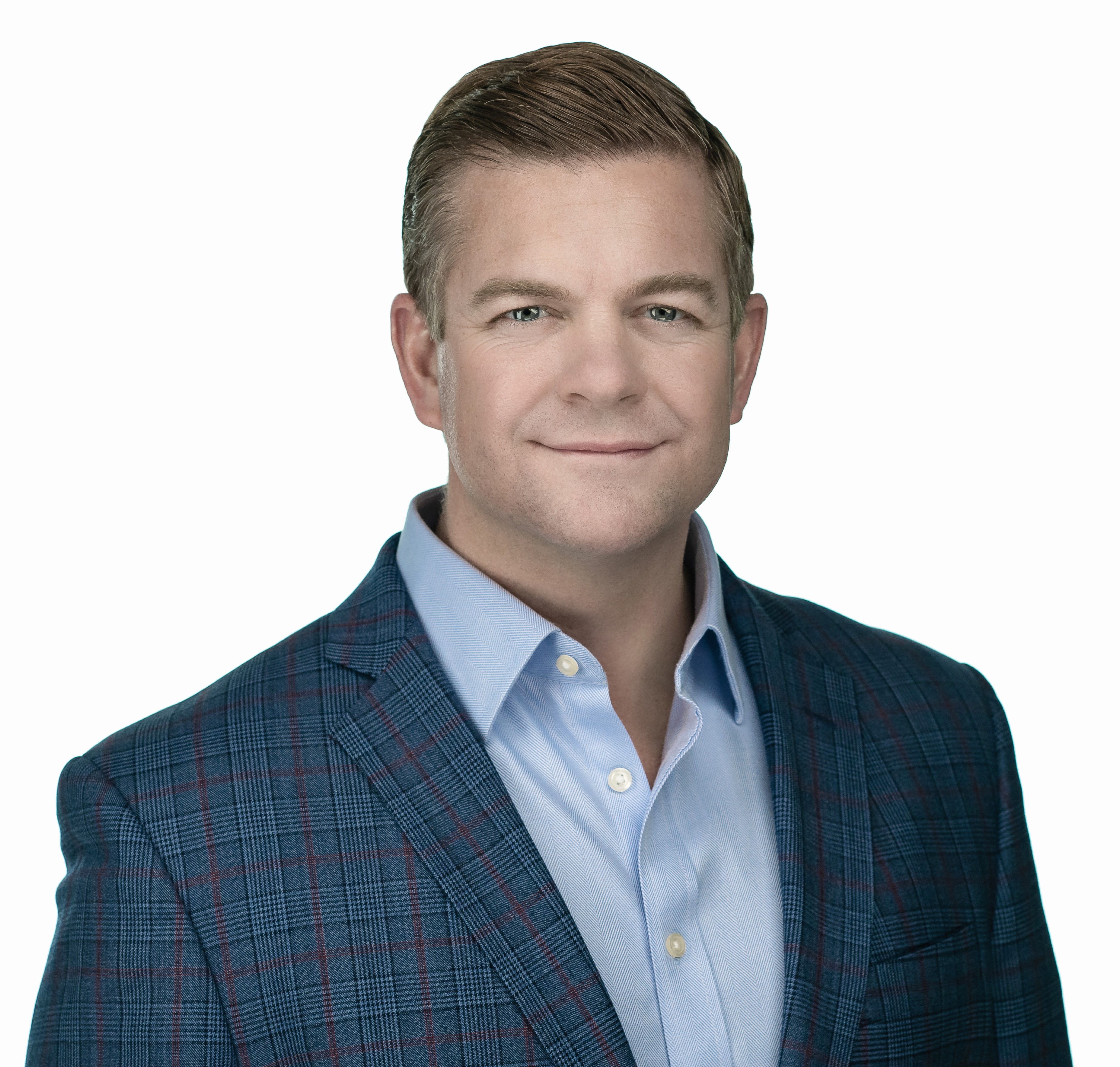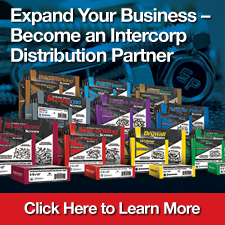Paul Reilly: Buyers Want Outcomes, Not Products
STAFDA's Sales Consultant looks at what your customers really want.
 It is 116 degrees in Las Vegas, so the pool seems like a logical choice. My conference finished early, so I enjoy some downtime. From the pool, I watch Italy defeat England in the European soccer championship. However, my pale Irish skin is no match for the desert sun. I apply several layers of sunscreen, some of which smears my sunglasses. As I watch TV while soaking in the sun, I notice the hazy film on my sunglasses. With no towel in sight, I rinse the sunglasses underwater, which only makes it worse.
It is 116 degrees in Las Vegas, so the pool seems like a logical choice. My conference finished early, so I enjoy some downtime. From the pool, I watch Italy defeat England in the European soccer championship. However, my pale Irish skin is no match for the desert sun. I apply several layers of sunscreen, some of which smears my sunglasses. As I watch TV while soaking in the sun, I notice the hazy film on my sunglasses. With no towel in sight, I rinse the sunglasses underwater, which only makes it worse.
So, I walk over to the bar and ask the bartender, “Do you have a cocktail napkin so I can clean my sunglasses?” He hustles off. After a few moments, he returns with a packet of lens cleaners, takes my sunglasses from the bar and proceeds to clean them. He says, “You don’t need a napkin; you need clean sunglasses.” He was right. I didn’t want a bar napkin. I wanted the outcome—clean glasses.
Customers don’t want products, services, or solutions; they want outcomes.
Like my napkin request, customers believe they know best how to achieve the outcomes they desire. But the customer isn’t always right. Customers have a narrow view of their world, which limits their ability to see what is possible. Customers don’t have your knowledge and expertise. The most significant way you bring value is by offering customers a better path to their desired outcomes.
The customer defines the outcome, but the seller determines how to get them there.
Ninety percent of bartenders would have handed me a cocktail napkin, which would have been okay. I ask for a napkin, and I get a napkin. In a similar way, most salespeople satisfy their customers’ simple and apparent needs. The buyer makes a request, and the seller fulfills that request. Merely fulfilling a request asserts that the customer knows what he or she needs in the first place. How often do our customers want something bigger and bolder (but they don’t know how to get it)? Again, I wanted clean glasses, not a bar napkin.
What if you could build a solution leading to a bigger outcome for the buyer?
When customers tell you exactly what they need, challenge yourself and the customer. The buyer envisions an outcome but has a limited view of how to achieve that outcome. Your broader awareness creates a better path to the buyer achieving his or her desired outcome.
Buyers want outcomes, but do they really understand the best way to achieve those outcomes? When buyers explain their needs, ask yourself, “What outcome are they trying to achieve and what is the best way to help them achieve that outcome?” Dig deeper to help your buyers achieve their desired outcomes. Don’t just hand them a bar napkin, clean their glasses. CS
To learn more about communicating outcomes, join us for our next Value-Added Selling public seminar: October 6 - 7, 2021. Click here for additional information or call (636) 778-0175.
Check out our latest episode of The Q and A Sales Podcast: How do I sell to the financial executive?
Paul Reilly is a speaker, sales trainer, author of Selling Through Tough Times (available Fall of 2021), coauthor of Value-Added Selling, fourth edition (McGraw-Hill, 2018), and host of The Q and A Sales Podcast. For additional information on Paul’s keynote presentations and seminars, call 636-778-0175 or email Paul@ReillySalesTraining.com. Visit www.TomReillyTraining.com and signup for their free newsletter.
















